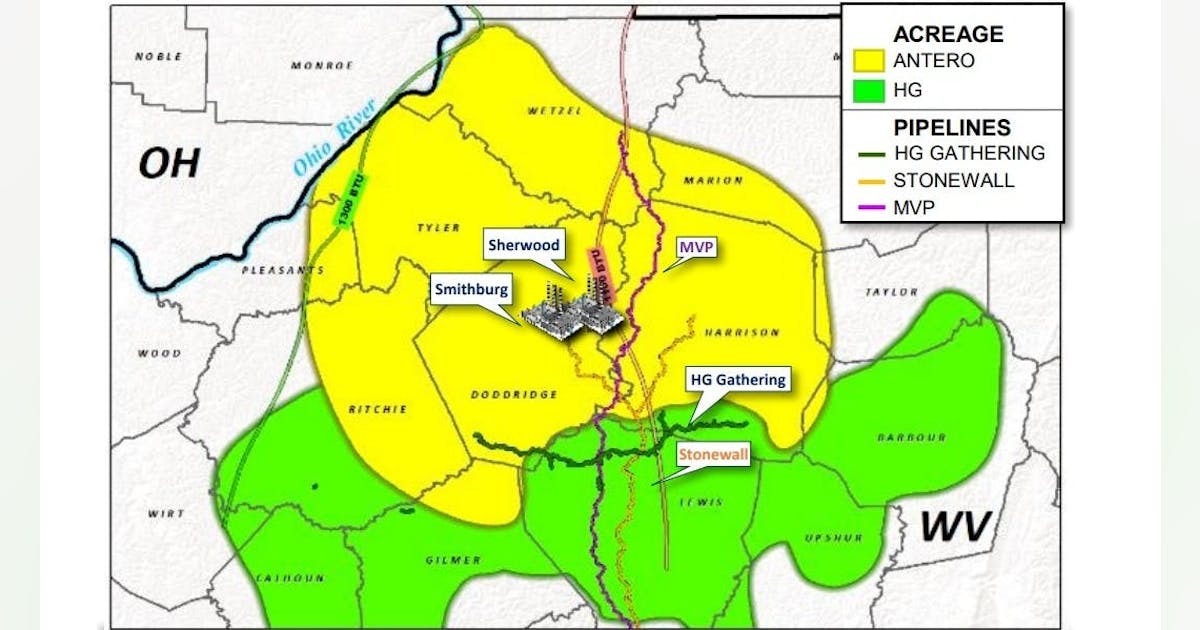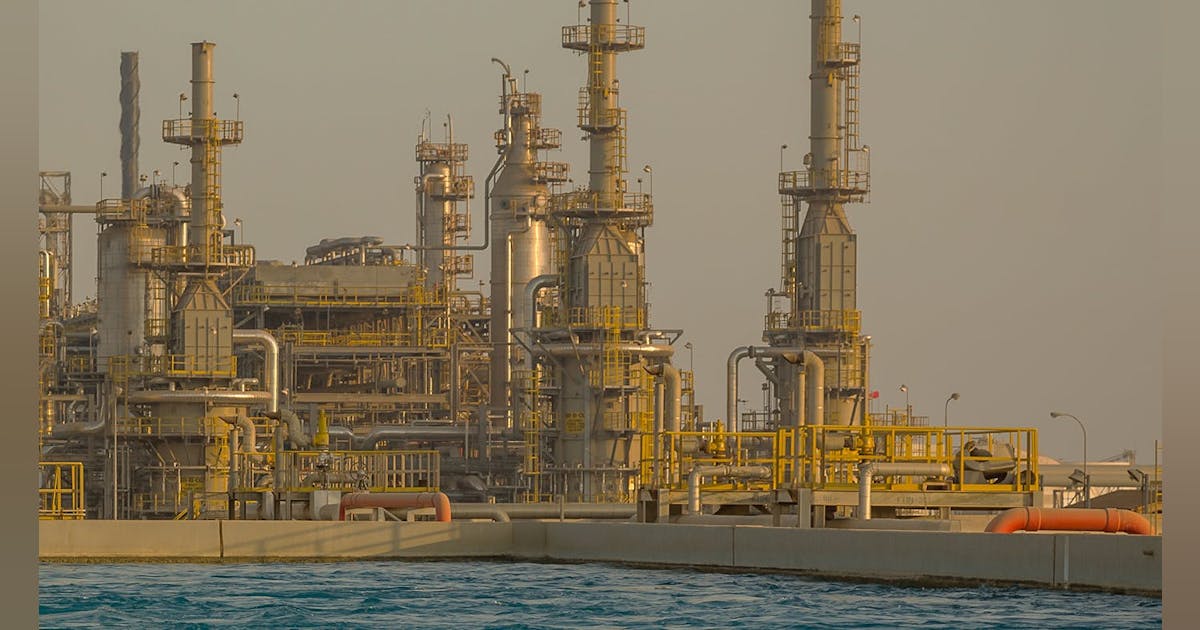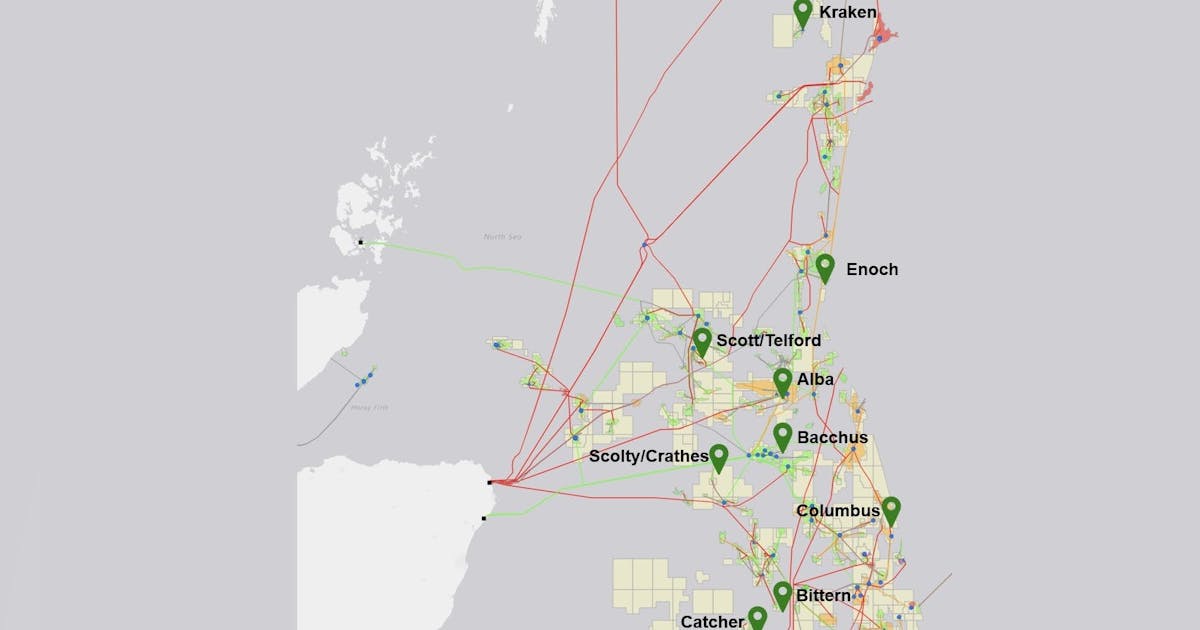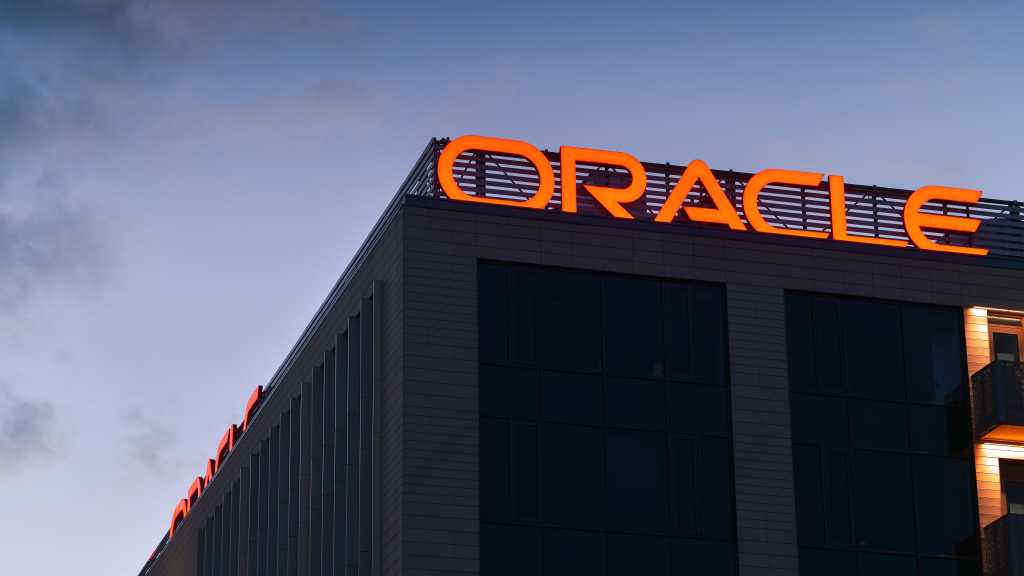
It is very easy to fall for the temptation of layering various types of conspiracy theories together as explanations of changes in OPEC+ policy, analysts at Standard Chartered Bank, including the company’s commodities research head Paul Horsnell, said in a report sent to Rigzone late Tuesday by Horsnell.
They added in the report, however, that they think the reality is simpler, “with policy being explained by two main factors”.
“The first is simply that inventories are low enough to create a window to scale back the voluntary cuts, and the window will remain open until signs of the long-heralded, but so far absent, market surplus finally arrives,” the analysts said in the report.
“The second is that keeping your promises is the most important part of any collective agreement, and it has proved impossible to keep oil market intervention at its current scale without all parties involved proving themselves to be reliable partners in the combined enterprise,” they added.
The analysts stated in the report that there is a significant group within the OPEC+ eight that believe the 2023 voluntary cut agreements are only sustainable if two conditions are met.
“One, all eight countries should meet their targets, and two, they should also provide the full extent of the additional cuts promised to compensate for all production above target since the start of 2024,” the analysts said.
“No additional conspiracy theories are needed when some of the partners are aggrieved that the level of promise-keeping among the group has been very uneven, and when those countries have been giving very clear warnings about over-production for more than a year,” they added.
The Standard Chartered Bank analysts noted in the report that, in the longer term, demonstrating that effective international oil agreements require promises to be kept would be positive for prices as the credibility of producer action would be higher.
They went on to state that, in the short term, it appears to be proving difficult for some producers to respect their earlier pledges, which the analysts said is opening up further downside for prices.
The analysts highlighted in the report that the May 3 meeting of the eight OPEC+ countries that provided additional voluntary output cuts in 2023 produced the same result as their April meeting.
“The unwinding of the cuts was accelerated, with output targets for June (excluding compensation cuts) increased by 411,000 barrels per day month on month, which is equivalent to three monthly increments in the original schedule,” they noted.
“While the monthly meetings have only discussed the following month’s targets, we think it likely that the June meeting will result in a further acceleration of the schedule and bring the cumulative unwinding of the 2.2 million barrels per day November 2023 tier of voluntary cuts to 1.4 million barrels per day,” they predicted.
The Standard Chartered analysts pointed out in the report that prices weakened in the immediate wake of the May meeting.
“Front-month Brent got within $0.10 per barrel of its 2025-low in reaching $58.50 per barrel intra-day on 5 May, and settled at $60.23 per barrel, which is the lowest front-month settlement since 5 February 2021,” they said.
“We think the path of least resistance is lower and expect oil prices to remain low in coming months before beginning a gradual recovery,” they added.
“However, in the very short term there is some technical support and short-term fundamentals remain fairly positive,” they continued.
The analysts noted in the report that Standard Chartered’s machine-learning oil price model, SCORPIO, “also sees some scope for short-term support”.
“SCORPIO indicates a $1.27 per barrel week on week increase to settlement on 12 May, with technical indicators and the performance of broader asset classes the main positives shown in the disaggregation of key factors,” they added.
In the report, Standard Chartered projected that the ICE Brent nearby future crude oil price will average $61 per barrel in 2025, $78 per barrel in 2026, and $83 per barrel in 2027. In that report, the company forecast that the commodity will come in at $53 per barrel in the second quarter of this year, $52 per barrel in the third quarter, $65 per barrel in the fourth quarter, $71 per barrel in the first quarter of 2026, $76 per barrel in the second quarter, and $81 per barrel in the third quarter of next year.
Rigzone has contacted OPEC for comment on Standard Chartered’s report. At the time of writing, OPEC has not responded to Rigzone.
To contact the author, email [email protected]























